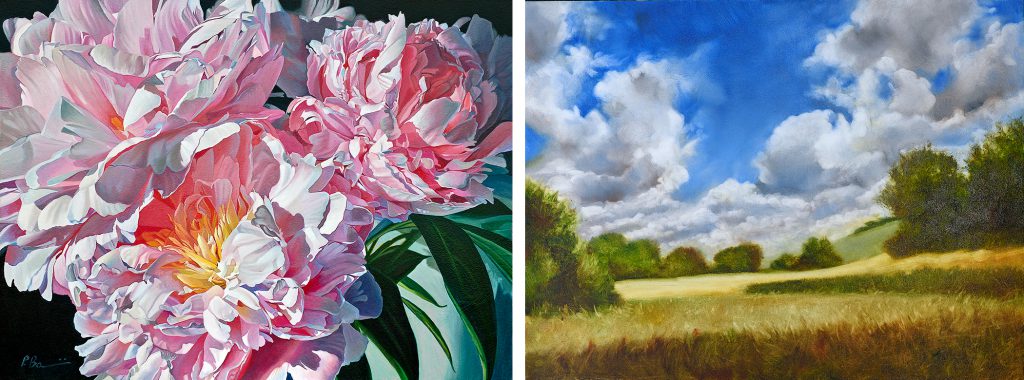Change & artistic style, Part 3.

I made a conscious decision to depart from my prior way of working – “a structured approach” – to a much more intuitive “let’s see what happens” approach. The point was to be able to spend more time painting and less time preparing to paint. I had stored years of of landscape imagery in my mind, countless more digital images on hard drives if I needed additional source material.
Change & artistic style, Part 2.

An artistic style is made up of many pieces, it isn’t just one thing. It encompasses lots of different elements, attitudes, and aspects of art making. It isn’t the brand of oil paint or specific brush you use that creates your style, although these particular things are, for me at least, visually responsible for the distinct colors and textures apparent in my recent work.
Change & artistic style, Part 1.

Many artists have undergone significant style transformations throughout their careers. The list is long, and not just painters, but bands and musicians, to cite just one other example.
Why I no longer paint florals and the origin of my Blog Page title

And so it went for ten years or so. Had the good fortune to gain representation by a nationally recognized gallery in Cape Cod, MA where most all of the work hung in that gallery was sold, usually in short order. Twenty-four works over a period of eight years. Then beginning in late 2019, right before the Covid-19 Pandemic the sales stopped – completely. I kept painting of course, but not a single work was sold for more than three years until one last work was sold in October, 2022. It became clear to me that I could no longer continue to paint florals, at least the photo-realistic style I was panting them in. Since the Pandemic, the cost of art materials, like everything else, had risen dramatically, as had framing, packaging and shipping.
The importance of underpainting

Since I like painting in a structured, organized manner, it was necessary for to me spend time studying the techniques of the Old Masters, rather than say, the techniques of 20th century modern masters, who I also admire. Over the years I experimented with all four of the historical approaches to realistic oil painting. But it was in the techniques of the 16th and 17th century Italian and Dutch master painters that I found comfort, relief and possibilities. After many years of study I realized that the main difference between 16th and 17th century Italian and Dutch and modern painting techniques is directly related to the magic mediums they used, whatever they were, AND how they broke down their working procedure into a series of distinct passages executed in a predefined order.